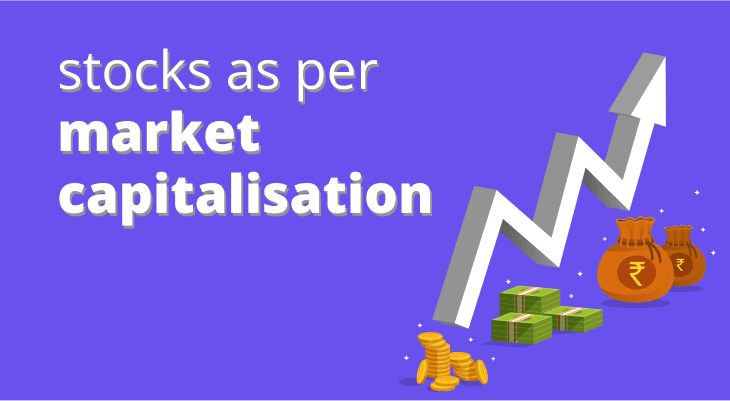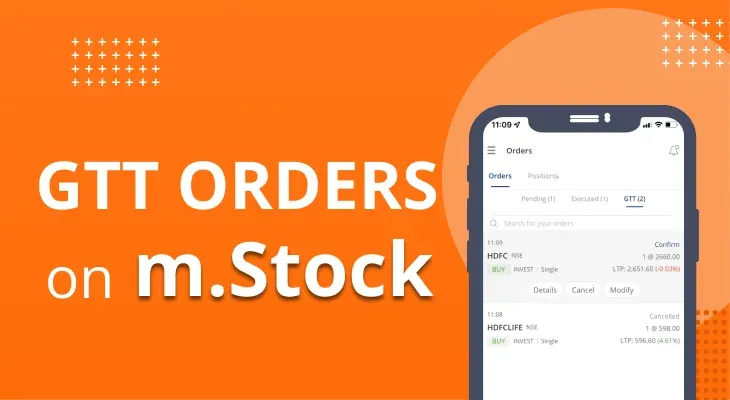
Index Fund Investments Explained
In a financial landscape that is full of investment tools of various kinds, mutual funds are reputed to be the simplest and most convenient form. Within mutual funds, there exists a vast array of categories, each serving different categories of investors and their priorities. Index funds, in particular, are arguably the most uncomplicated and easiest way of investing in the financial markets.
Index funds are a form of mutual fund that are built to track the performance of a specific market index. These funds aim to replicate the investment returns of chosen benchmark indices like the Nifty 50 or the BSE Sensex, providing you with a diversified portfolio that mirrors the composition of the index. Their primary purpose is to provide investors with broad market exposure and a low-cost investment option. Let's delve into the key components and mechanisms that define them and find out how to invest in index funds:
Key Features of Index Funds and How They Work
Portfolio Composition
The portfolio of an index fund mirrors the constituents of the chosen index. For instance, a Nifty 50 index fund will hold stocks of the 50 companies listed in the index and in the same proportion as the index. In other words, if a company forms 10% of the Nifty 50 index, the index fund allocates approximately 10% of your investment to that company's stock. This process applies to all 50 companies. As the Nifty index changes, the fund periodically adjusts its holdings to match and maintain a reflection of the broader market. This way, by investing in a Nifty 50 index fund, you effortlessly gain a slice of India's top-performing companies, offering simplicity, diversification, and a hands-off investment approach.
Passive Management
In actively managed funds, fund managers make subjective investment decisions on a regular basis. Index funds, though, operate on a passive management strategy. The fund manager's role is to replicate the index's holdings, ensuring minimal interference in the investment process.
Diversification
Index funds offer inherent diversification by including a multitude of securities in their portfolios. This diversification helps spread risk, reducing the impact of poor-performing individual assets on the overall fund.
Low Costs
One of the significant advantages of index funds is their cost-effectiveness. With minimal research and management involved, these funds generally have lower expense ratios compared to actively managed counterparts.
Performance Tracking
Index funds use various methods to track the performance of their chosen index. This can involve holding all the securities in the same proportion as the index or utilising representative sampling or distributing them evenly as seen in equal-weighted indices. In these, all the stocks within the index are given an almost equal proportion in the fund’s units.
Rebalancing
Periodically, index funds undergo rebalancing to ensure that the fund's holdings align with the current composition of the benchmark index. This process involves buying or selling securities to maintain the desired weightings.
Dividend Reinvestment
Many index funds automatically reinvest dividends back into the fund, allowing you to benefit from compound growth over time.
Investor Suitability
Index funds are suitable for investors seeking broad market exposure, long-term growth, and a passive investment strategy. They are particularly popular among investors who prefer a hands-off approach to portfolio management.
Risk Considerations
While index funds offer diversification, they are not immune to market fluctuations. The performance of an index fund will closely mirror that of the underlying index, including any ups and downs.
Index Fund Tax Advantages
Their buy-and-hold strategy and lower portfolio turnover usually result in fewer capital gains distributions. This is why index funds may offer tax advantages as well.
Key Features of Index Funds and How They Work
Now that you are aware of the benefits of investing in index funds, are you excited to get started? Here’s how you can do so:
Traditional/Offline Mode
Start by carefully filling out the application form along with submitting the KYC documentation (like PAN, and identity and address proofs).
Provide the necessary details during the application process.
Align your investment choices with your financial preferences, selecting the fund or funds that resonate with your goals.
Facilitate the investment by paying the designated amount through your preferred payment method.
For individuals opting for monthly SIP investments, digital or offline channels such as BillPay, eMandate, eNACH, ADF (Auto Debit Form), or OTM (One Time Mandate) can be set up.
Online Mode
The online mode is quicker, simpler and more convenient, which is why it is highly popular.
Begin by initiating the mutual fund account opening process on a secure website or platform of your choice.
Complete your Know Your Customer (KYC) formalities to progress to the subsequent steps.
Input the required information as prompted during the registration.
Tailor your investment strategy by selecting the fund or funds aligned with your financial objectives.
Execute the investment by transferring the designated amount.
For those inclined towards systematic investment, consider setting up a standing instruction with your bank for monthly investments through a Systematic Investment Plan (SIP).
Factors to Consider Before Investing in Index Funds
Like with any financial decision, it's crucial to weigh various factors before investing in Index Funds. Here are key considerations:
Expense Ratio (ER)
Examine the fund's expense ratio, representing the cost of managing the fund. Lower expense ratios contribute to higher returns for investors.
Assets Under Management (AUM)
A fund's AUM indicates its size and popularity. While a larger AUM can signify stability, rapid growth may also lead to increased expenses.
Fund Manager Expertise
Assess the credentials and experience of the fund manager. A seasoned manager can navigate market trends, potentially enhancing fund performance.
Platform Security
If opting for online platforms, prioritise security measures. Choose reputable platforms with robust encryption and authentication protocols to safeguard your financial data.
Diversification
Analyse the fund's composition to ensure it aligns with your diversification goals. A well-diversified index fund spreads investments across various sectors, reducing risk.
Historical Performance
Review the fund's historical performance, considering both short-term and long-term trends. However, past performance doesn't guarantee future success.
Dividend Distribution
Understand the fund's dividend distribution policy. Some index funds distribute dividends, while others reinvest them, affecting your investment strategy. Moreover, there may be tax implications as well that should be considered.
Risks to Be Taken into Account
All investments are subject to risks, market or otherwise. Here are some of the pertinent ones with respect to index fund investments:
Market Risk
Index funds are susceptible to market fluctuations. Economic downturns or industry-specific challenges can impact fund performance.
Tracking Error
The fund may not precisely mimic the index due to tracking errors. These discrepancies can result from fees, expenses, and the fund's replication strategy.
Interest Rate Risk
Fixed-income securities within the index may be sensitive to changes in interest rates, affecting bond prices and, subsequently, fund returns.
Concentration Risk
If the index is heavily weighted in specific sectors or stocks, the fund becomes concentrated, amplifying the impact of poor-performing assets.
Understanding the aforementioned factors and risks will empower you to make sound decisions when considering Index Funds, enabling a balanced and informed investment approach.
FAQ
What is the significance of a low Expense Ratio in Index Funds?
A low Expense Ratio is crucial as it minimises costs, allowing investors to retain a larger share of their returns and potentially enhance long-term gains.
How does AUM impact the performance of an Index Fund?
A larger Assets Under Management (AUM) can signify stability, but investors should be cautious, as rapid growth may lead to increased expenses and impact overall returns.
Why is the fund manager's expertise crucial in Index Fund investments?
A skilled fund manager navigates market trends adeptly, potentially improving the fund's performance and aligning it with investors' financial goals.
What security measures should I prioritise when choosing an online platform for Index Fund investments?
Look for platforms with robust encryption, multi-factor authentication, and regular security audits to safeguard sensitive financial information in the digital space.
How does tracking error affect the performance of an Index Fund?
Tracking errors, stemming from fees and replication strategies, can impact the precision of an Index Fund in mirroring the index, influencing overall performance and returns.
What are the key risks associated with Index Fund investments?
You should be mindful of market fluctuations, tracking errors, interest rate sensitivity, and concentration risk, all of which can influence the performance and stability of an Index Fund.
Why is diversification important in Index Fund investments?
Diversification is crucial as it spreads investments across various sectors, mitigating risk by avoiding over-reliance on specific industries or stocks, thus enhancing the overall stability of the investment portfolio.
How does historical performance factor into decision-making for Index Fund investments?
While historical performance offers insights, you must exercise caution as it doesn't guarantee future success. Thorough analysis and consideration of current market conditions are essential for informed decision-making.


